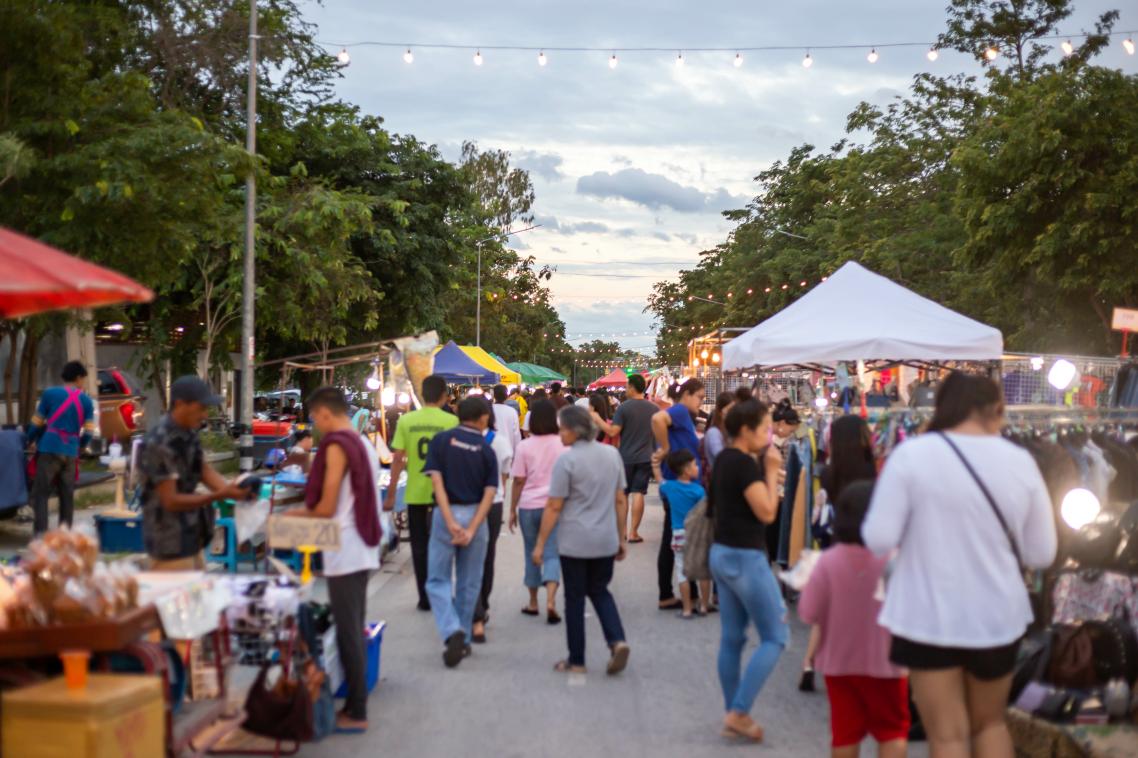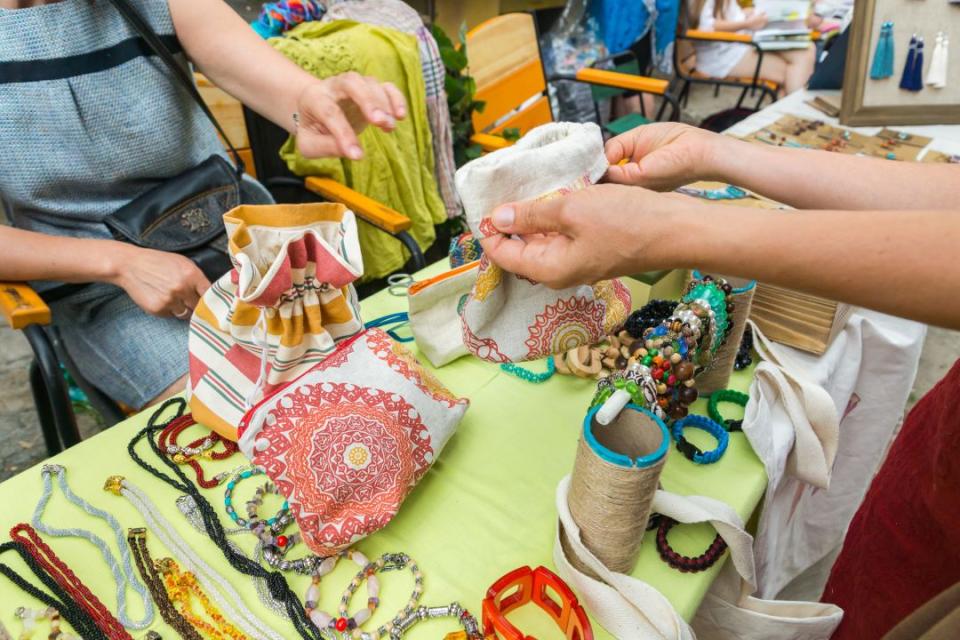Strict regulations for street stalls a drain on vibrancy

UQ researchers say excessive and overly rigid rules around street vending can lead to dreary public spaces.
(Photo credit: Jerd Nakata / Adobe Stock )
Key points
- Researchers say Brisbane and other cities of the Global North are trending toward encouraging street vending, but in a highly regulated manner.
- A UQ-led study showed strict regulations around market sites were likely a contributor to dreary and unsafe public spaces.
- UQ's Dr Dorina Pojani said a city’s vibrancy and safety could be improved by easing regulations and rigid timeframes for vendors.
A study led by UQ’s School of Architecture, Design and Planning identified street vending and public markets as key activities in creating vibrancy and improving safety in major cities, especially at night.
Associate Professor of urban planning Dr Dorina Pojani said the research was based on observational fieldwork by UQ graduate scholar Ankita Patil at 4 market sites in Brisbane and Nagpur, India, exemplifying the Global North and Global South respectively.

UQ researchers observed how street vendors influenced pedestrian behaviour through sound, smell, vision, and touch.
(Photo credit: Marina / Adobe Stock)
“Brisbane and other cities of the Global North are clearly illustrating a burgeoning trend toward encouraging street vending, but in a highly regulated manner,” Dr Pojani said.
“While some regulation is beneficial, excessive and overly rigid rules around street vending and market spaces can deter people, resulting in dreary and unsafe public spaces — as many cities in the Global North have learned the hard way.”
Dr Pojani said the interactions between vendors and passersby at each site revealed clear social and economic positives of street vending.

UQ Associate Professor of urban planning Dr Dorina Pojani.
(Photo credit: The University of Queensland.)
In Brisbane, however, vibrancy was limited by the temporary, highly regulated and small‐scale nature of stall sites.
Dr Pojani said fieldwork in both Brisbane and Nagpur involved UQ researchers observing and charting how street vendors influenced pedestrian behaviour through sensory cues, including sound, smell, vision, and touch.
In Brisbane, research focused on a ‘suitcase rummage’ on Boundary Street in the CBD, as well as activity around a footpath market in the city’s West End.
Fieldwork in Nagpur placed researchers at the bustling Sitabuldi Market Road and Itwari Bazar.
“In Brisbane, most passersby were drawn to the displays set up by vendors, contributing to the lively atmosphere of the streets, creating a busier and safer environment,” Dr Pojani said.
The research also suggested cities like Brisbane install trees or tall shrubs between footpaths and carriageways to mitigate traffic pollution, and to provide a more conducive environment for pedestrians to shop and interact with vendors and each other.
“In Brisbane, street vending has been more tightly regulated to manage pedestrian congestion and maintain public order and hygiene standards,” Dr Pojani said.
“Easing regulations and rigid timeframes for vendors would add to the city’s vibrancy and improve safety in urban spaces at night.”
The research is published in open access journal Urban Planning.
Collaboration and acknowledgements
University of Melbourne researchers Associate Professor Iderlina Mateo‐Babiano and Thirafi Amani were crucial contributors to the project.Related articles

Sunlight-powered breakthrough turns methane into valuable ethylene

Looping long-necked dinosaur site reveals its secrets
Media contact
UQ Communications
communications@uq.edu.au
+61 429 056 139
